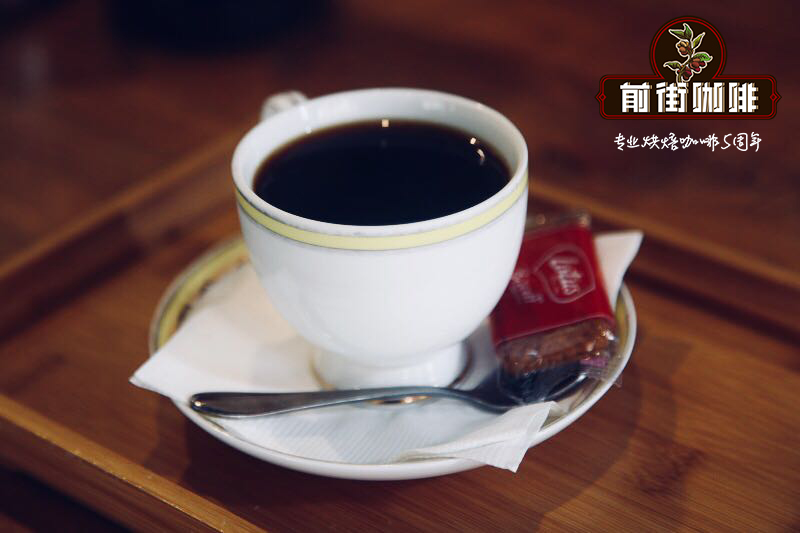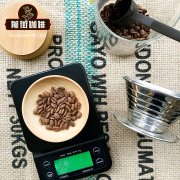The characteristics between semi-washing and Sumatra wet planing in the treatment of coffee

Professional coffee knowledge exchange More coffee bean information Please pay attention to coffee workshop (Weixin Official Accounts cafe_style)
Semi-washing: move the red fruit into the pulp screening machine to remove the pulp, then move the red fruit into the sink for fermentation, and move the coffee beans with pectin to the outdoor drying field to dry. When the moisture content reaches 10.5%-12%, the coffee fruit is stored in a special container for ripening. Then grind off the pectin wrap.
[Wet planing interpretation]
March to May and September-December are the main harvest seasons for the Mantanin in Sumatra, and most coffee farmers now harvest only full-red coffee cherries.
After collecting coffee cherries in the morning, remove the peel and pulp of coffee cherries in the afternoon to become wet shelled beans, which is also known as parchment coffee, and then put them into the sink to remove the floating defective beans.
Sumatra's natural environment is excellent, and most of the water used will be mountain spring water.
The next step is to take out the dense beans from the bottom and put them into the barrel for dry fermentation, so that the pectin sugar can be fully fermented to increase the flavor. Usually, the fermentation time is between 12 and 36 hours, depending on the specific situation.
Then exposure for 1 to 2 days, when the moisture is dried to 35-40%, the coffee beans will be collected into woven bags, usually 40 kg and 80 kg per bag, sent to the coffee processing plant for shelling.
The shelling process is to grind the bean shell with a sheller and then dry it until the moisture content reaches about 12%~15%. The beans are then sent to a machine to remove various impurities and then sorted by particle size.
The coffee after machine selection will be sent to the manual selection warehouse for manual selection, and the workers will pick out the defective beans one by one. Sack packing is done after two to three hand selections.
Of course, accidents happen.
During the shelling process, the temperature of the coffee beans will rise to 30~60 degrees and completely destroy the parchment, which is likely to trigger the germination of the beans.
Wet planing method also occurs because the peel is planed off during the production process, and the beans are directly exposed to air, so the defective beans such as moldy beans are much higher than those washed and solarized.
This is how the distinctive Sumatra mantnin flavor is handled.
END
Important Notice :
前街咖啡 FrontStreet Coffee has moved to new addredd:
FrontStreet Coffee Address: 315,Donghua East Road,GuangZhou
Tel:020 38364473
- Prev

The characteristics between semi-washing and Sumatra wet planing in the treatment of coffee
Professional coffee knowledge exchange more coffee bean information please pay attention to the coffee workshop (Wechat official account cafe_style) semi-washing: transfer the red fruit into the pulp screening machine to remove the pulp, then move the red fruit into the sink for fermentation, move the pectin coffee beans to the outdoor bean drying farm to dry. When the water content reaches 10.5% Mel 12%, the coffee fruit is stored in a special container to ripen. Regrinding
- Next

Description of Natural drying Flavor of Coffee Bean by Solar treatment
Professional coffee knowledge exchange more coffee bean information Please follow the coffee workshop (Wechat official account cafe_style) after picking the coffee cherries from the tree, the exocarp pulp and pectin should be removed, a process called raw bean processing. Raw coffee beans are treated in different ways, and they largely determine the taste and quality of coffee! Today, let's talk about the major points.
Related
- What is the meaning of lactic acid fermentation with coffee bean treatment?
- How to judge the state of foam by sound?
- How does the latte pull out the unicorn pattern? Come to get for a little trick to improve the flower pull!
- Will flower pulling affect the taste of the latte?
- Do you know the history of coffee?
- The difference between honey treatment and sun washing what is raisin honey treatment?
- What kind of milk can a novice use to make coffee foam to keep the foam longer? The correct method and skills of milking tutorial sharing
- Why do washed coffee beans taste sour? Flavor characteristics of washed Coffee
- Introduction to the skill of how to practice the size and height of water injection around the circle of hand-brewed coffee
- How do beginners practice coffee flower drawing from scratch?

